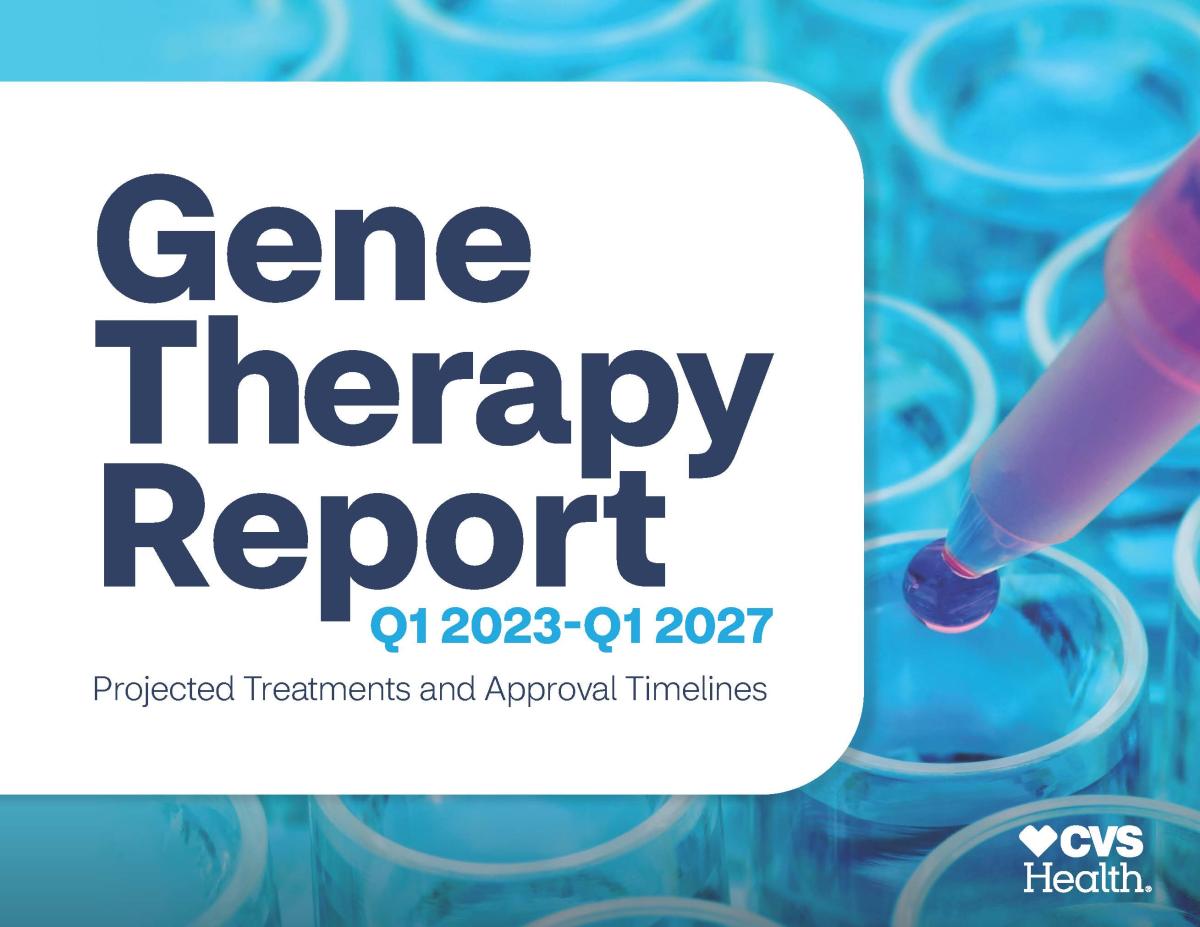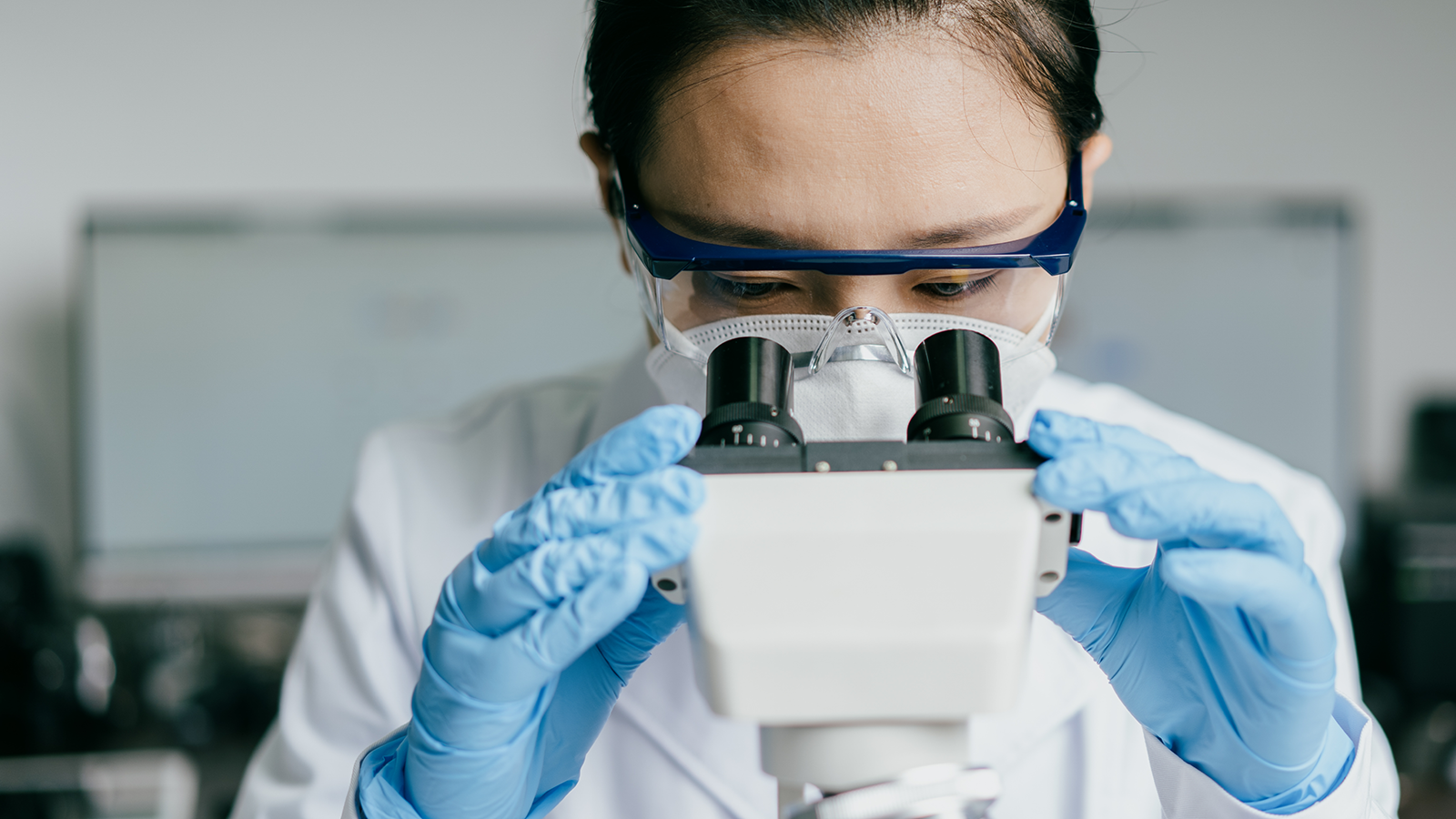Advances in delivering gene therapies
The different types of gene therapy and how they work

Projected Treatments and Approval Timelines
Gene Therapy Pipeline | Q1 2023 – Q1 2027

The rich gene therapy pipeline presents the promise of life-changing clinical breakthroughs for patients with rare and debilitating diseases. Gene therapies use genetic material like DNA to stop or slow disease – and can be a replacement for a lifetime of drug therapy.
How gene therapy works
Once administered, new DNA must reach the damaged cell, enter the cell, and either express or disrupt a protein. Vectors can be used to carry therapeutic genes into human cells. This happens in two ways:1
in vivo:
Genetic material delivered to target cells that remain inside a person’s body
ex vivo:
Genetic material delivered to a person’s cells after they’re taken out of a body
in vivo
During the in vivo approach (also known as in situ), a gene-carrying virus is prepared in a laboratory and delivered to the target organ either by injection or infusion. Luxturna, for a specific inherited retinal dystrophy, and Zolgensma, for spinal muscular atrophy, are examples of in vivo gene therapy.
ex vivo
For ex vivo gene therapy, target cells containing the faulty or missing genes are removed from the body in a clinical facility, modified in a laboratory, and placed back into the body. Current chimeric antigen receptor (CAR) T-cell therapies to treat certain forms of lymphoma, leukemia, and multiple myeloma use the ex vivo approach.
These new gene therapy interventions bring new challenges for how payors balance access and cost of care. Luxturna costs as much as $425,000 per eye; Zolgensma costs more than $2.1 million per patient.2 Total cost of care can reach $450,000 to $1 million for CAR-T therapies.3
The complexity of administering these treatments can add to the cost. In most cases, ex vivo gene therapies need to be administered in a hospital setting under medical supervision, while in vivo drugs are commonly given in outpatient settings.4
The latest gene therapy pipeline update Q1 2023–Q1 2027 highlights the innovative products in development for a range of conditions that were previously untreatable or incurable.
Careful monitoring of the pipeline can help you anticipate plan and member costs for new treatments and ensure coverage of appropriate drug therapies.
This document contains references to brand-name prescription drugs that are trademarks or registered trademarks of pharmaceutical manufacturers not affiliated with CVS Health.
©2023 CVS Health. All rights reserved. 1680521 021622


